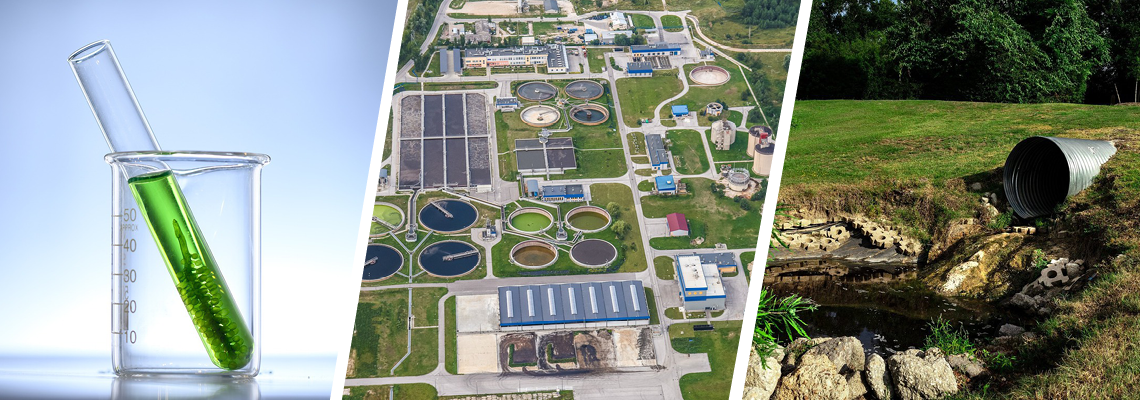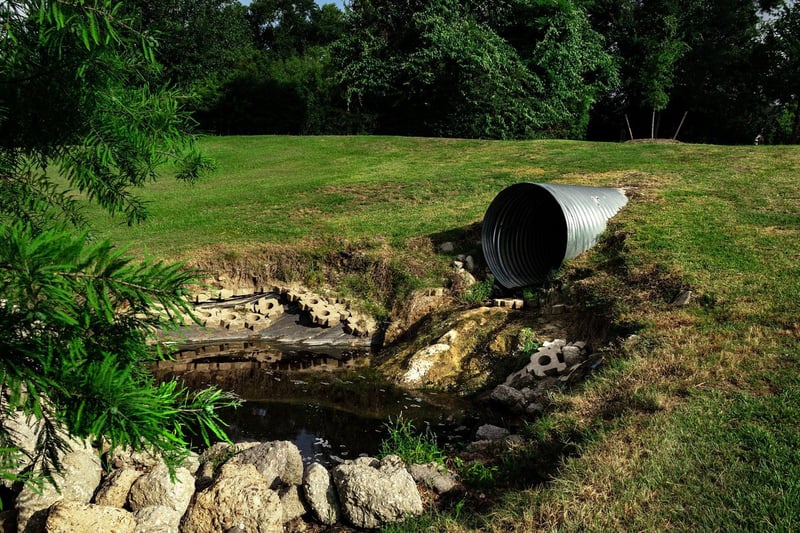Mainstreaming the green: Novel algae water treatment
Discharge limits are becoming far more stringent in light of concerns over eutrophication. Now, novel biological processes are coming to the rescue.
Extracting value from wastewater
Phosphorus removal can be an expensive and intensive process for water companies, yet a new technology based on algae could signal a turning point.
Developed by Industrial Phycology (I-Phyc), the approach uses algae to extract phosphorus from water, which can then be harvested and reused in new products.
The organisation’s process relies on the natural ability of algae to rapidly multiply in the presence of nutrients such as phosphorus. The same factors which can lead to harmful algal blooms in nature are adopted in an approach called Bio-P to extract any excess phosphorus in wastewater, along with ammonia and even carbon dioxide.
The process industrialises the use of diverse cultures of naturally occurring algae to rapidly remove multiple nutrients and contaminants in a single process.
- Understanding algal blooms
- Big data approach creates baseline of “troublemaker” harmful algal blooms
- Predicting the algal bloom boom: LG Sonic bolsters tech offering
Using algae also means phosphorus can be reduced to levels far below the concentrations that are possible to achieve with chemicals, to less than 0.1mg/l of phosphorus, according to the company.
The process does not add iron or other chemicals to the waste stream and in addition, algae offer an opportunity to make wastewater an attractive revenue stream and create a circular economy.
“Excess algae are extracted at the end of the process and can be used directly as a slow-release fertiliser,” explains Andrew Best, business development manager at I-Phyc. “There are many uses of algae, for example in the production of printer inks, bio-fillers in plastics production and also metals extraction. For the water companies it is a waste product but we are confident it will eventually be seen as a relatively valuable resource.”
Although primarily directed at nutrient extraction, algae can also remove other trace pollutants that are found in wastewater streams.
Speaking to Aquatech Online, Best said: “We know that algae can remove a substantial proportion of the pharmaceuticals such as steroids found in waste streams and we are also looking at that as an emerging technology.”
A number of different approaches
Currently, the most common approach to reducing phosphorus is through doping with a metal salt, commonly iron, to precipitate the phosphate as orthophosphate which can then be filtered out using sediment tanks, disc filters or similar.
While this process certainly works and offers considerable operational flexibility, the challenge of phosphorus has led to the development of a number of different approaches.
Enhanced biological phosphorus removal (EBPR), for example, is another biological process designed for the removal of phosphate in wastewater. It includes an anaerobic stage prior to an aerobic process. This enhances the presence of phosphor accumulating microorganisms to improve the removal process without the need for chemicals.
Another noteworthy algae development is All-Gas, led by Spanish engineering company Aqualia. A European consortium developed a method to recycle nitrogen and phosphorus from wastewater into a microalgae biomass, grown in tanks, which was then used to create a biofuel.
Pushing phosphorus in the UK
The I-Phyc and other developments are significant as restrictions on phosphorus concentrations rapidly ramp up.
“Among the various wastewater outputs, phosphorus removal is perhaps the most significant.”
In the UK for example, new obligations include measures to investigate, monitor and reduce the impacts on the environment of discharges from sewage treatment works and combined sewage outfalls (CSOs) under the auspices of the next Asset Management Period (AMP7) through 2020 – 2025.
Among the various wastewater outputs, phosphorus removal is perhaps the most significant and water companies will be required to meet the established standards at each site by December 2024.
The UK’s water industry has agreed technically achievable limits of 0.25mgP/l for AMP7 although not every site is required to meet this standard.
Even more challenging standards for wastewater are expected to be set out in AMP8, covering the following five-year period to 2030.
Treating wastewater as a resource
While the idea for biological phosphorus removal technology is not new, the I-Phyc approach of using algae is on their natural behaviour in nutrient-rich water.
Significantly though, the process also tackles other pollutants or potential problems such as ammonia and even carbon dioxide.
The result of such processes is that water companies will be able to shift to a more sustainable platform, cutting net carbon emissions and improving water quality while reducing the use of chemicals and operational costs.
However, perhaps an even more important outcome is the development of a circular economy in which wastewater is a valuable resource. Phosphor is a limited resource and there is no substitute.
Related content
- Understanding algal blooms
- Heat recovery from sewage offers low-carbon energy from waste
- 3 circular economy solutions highlighted at virtual event
Share your water technology stories with us
Do you have an innovation, research results or an other interesting topic you would like to share with the international water technology industry? The Aquatech website and social media channels are a great platform to showcase your stories!
Please contact our Sr Brand Marketing Manager Annelie Koomen.
Are you an Aquatech exhibitor?
Make sure you add your latest press releases to your Company Profile in the Exhibitor Portal for free exposure.
We promise never to send you spam and you can unsubscribe at any time!

